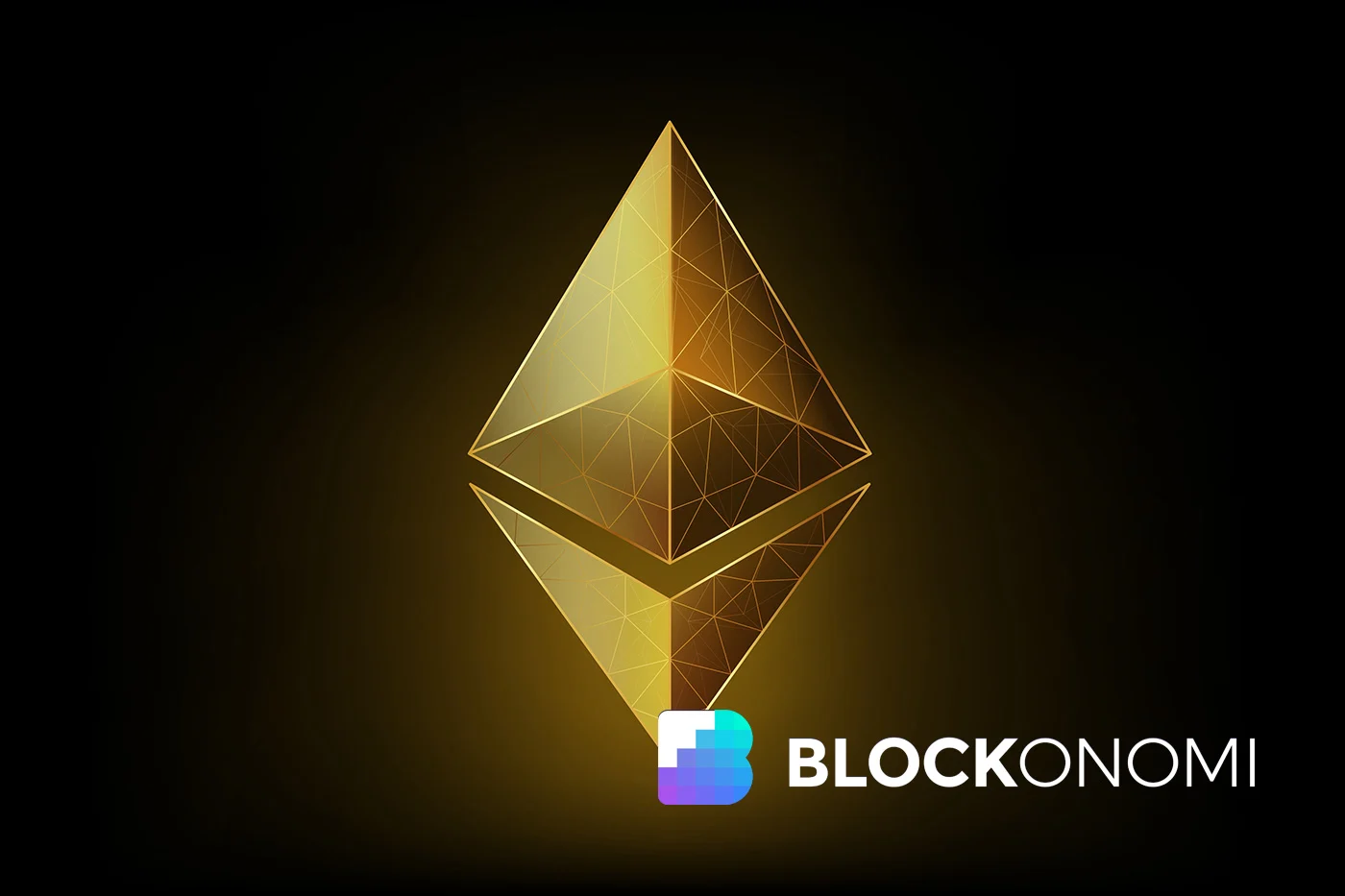The Pivotal Role of Bitcoin (BTC) Decentralized Finance (DeFi) in 2025: How Layer-2 Networks Ensure Decentalization
Bitcoin (BTC) and decentralized finance (DeFi) have been buzzwords in the tech and financial worlds for quite some time now. While the potential of these technologies has been discussed extensively, industry experts believe that the year 2025 will be a pivotal moment for Bitcoin DeFi use cases. One of the most significant challenges that Bitcoin DeFi faces is ensuring decentralization. In this blog post, we’ll explore how layer-2 networks are stepping up to address this issue.
Understanding Decentralization and Bitcoin DeFi
Decentralization is a fundamental aspect of blockchain technology and the underlying ethos of Bitcoin and DeFi. Decentralization means that no single entity has control over the network. In the context of Bitcoin DeFi, it implies that no intermediary, such as a bank or a government, can censor transactions or manipulate the system for their benefit. However, as the DeFi ecosystem grows, it becomes increasingly challenging to maintain this decentralization.
The Role of Layer-2 Networks in Maintaining Decentralization
Layer-2 networks are solutions built on top of the Bitcoin blockchain that aim to increase transaction throughput and reduce fees. These networks operate by bundling multiple transactions into a single transaction on the Bitcoin blockchain. This approach allows for more efficient processing of transactions, enabling DeFi applications to function more smoothly.
Moreover, layer-2 networks enhance decentralization by distributing the computational load away from the Bitcoin network. This distribution reduces the reliance on the Bitcoin network’s limited capacity, ensuring that no single entity can monopolize the network and compromise its decentralization.
Impact on Individuals: Faster Transactions and Lower Fees
As a user, the adoption of layer-2 networks in Bitcoin DeFi means faster transactions and lower fees. For instance, the Lightning Network, a popular layer-2 solution, can process transactions in seconds with fees that are a fraction of a cent. This improvement makes Bitcoin DeFi more accessible and practical for everyday use.
Impact on the World: Increased Adoption of Bitcoin DeFi
The integration of layer-2 networks in Bitcoin DeFi has the potential to significantly increase its adoption. With faster transactions and lower fees, more people will be attracted to the decentralized financial system. This increased usage could lead to a shift away from traditional financial institutions, providing more financial freedom and control to individuals.
Conclusion
Bitcoin DeFi is poised to revolutionize the financial landscape, but ensuring decentralization remains a challenge. Layer-2 networks offer a promising solution, as they increase transaction throughput, reduce fees, and distribute the computational load away from the Bitcoin network. As we move towards 2025, the widespread adoption of layer-2 networks in Bitcoin DeFi could lead to a more accessible, efficient, and decentralized financial system for everyone.
- Decentralization is crucial for Bitcoin DeFi.
- Layer-2 networks enhance decentralization by distributing computational load.
- Individuals benefit from faster transactions and lower fees.
- Widespread adoption of layer-2 networks could lead to increased Bitcoin DeFi usage.





